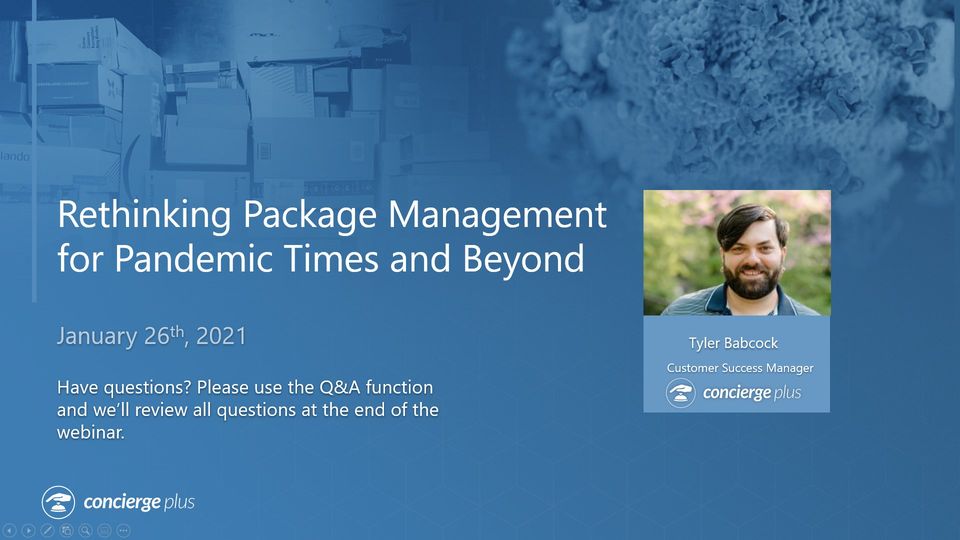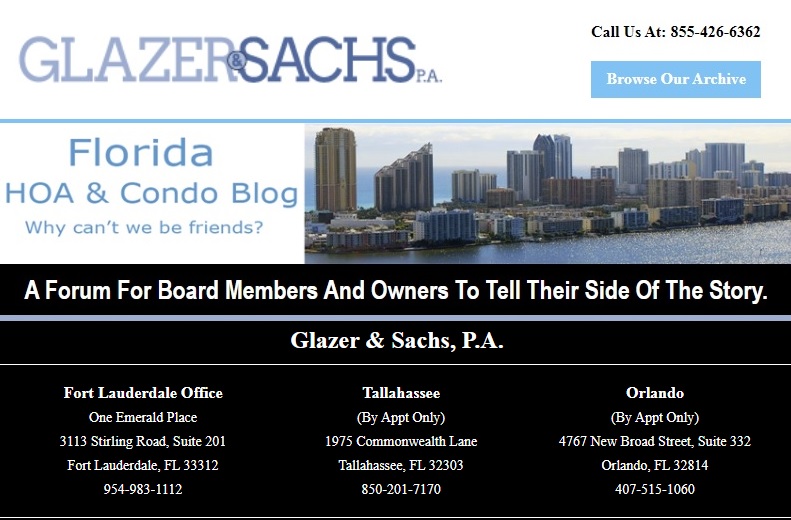Exterior Clean-Up and Maintenance
Here are the tasks to check off before the temperature drops.

Clean Up Yards
Clean up those fall leaves and remove fallen branches or other organic debris. Letting all that rotting material linger on the ground, especially under a layer of snow, discourages grass growth in the spring.
Don’t prune your bushes, though. Many people do that to prepare for spring, but pruning bushes that are slowing down growth to prepare for winter can inhibit further growth when the weather warms.
Clean the Gutters
Clear gutters of leaves, branches, and other debris. Clogged gutters can’t handle runoff from melting snow, which can puddle and freeze on roofs, causing ice dams and leaks.
Even if you’re not in a snowy area, rain that can’t drain through the gutters will find another way off the roof, usually through gaps that lead into the walls.
Assess the Roof
While your team is up there, have them take a good look at the roof. Make sure there are no loose shingles or areas of decay. Check around vents to make sure they’re sealed properly. Gaps are a great place for water and melted snow to leak down into the home.
Line Up a Snow Removal Company
If you haven’t already, hire a snow removal company now to clear driveways and walkways. Don’t wait for the first major storm to start calling around. You probably won’t find anybody.
Pro tip: If you’re using a customizable property management system, use custom fields to track maintenance projects across your properties. Then you can create customized reports to monitor the status of your fall maintenance checklist.
Tend to Your Gardens
Fall is the time to get flower beds ready for spring and summer. Prep your beds by adding compost and turning the soil. You’ll want to plant your spring bulb, as well.
Winterize the Sprinkler Systems
When you’re done watering your lawns for the year, make sure you have them drained properly. Water left in sprinkler systems can freeze and crack your pipes.
Winterize Pools and Decks
If your properties have pools, get them ready for winter by cleaning, balancing and adding winterizing chemicals, lowering the water levels, and covering them.
For decks, store the furniture and inspect them for loose boards, railings, or screws. Have any weak spots repaired. Then, give the deck a good cleaning and a layer of water seal, if it needs it.
Pro tip: Have your snow-removal company take care of decks, too. Prolonged contact with snow can damage wood, and all that weight puts a lot of pressure on the deck’s structure.
Interior Maintenance
Your properties are all set on the outside. Now it’s time to take a look inside. Schedule a time to inspect your properties and make sure all of these tasks are performed.
 Check Insulation
Check Insulation
Take a look in attics to make there is sufficient insulation. If it’s an older home, consider having it assessed for heat efficiency and getting insulation blown into the walls, if necessary.
Pipes that run along external walls should be insulated, as well, to keep from freezing and bursting in extremely cold weather.
Pest Control
As the weather gets colder, animals are going to find your cozy home pretty attractive. To keep pests out, plug up gaps, cracks, and other access points. Taking care of it now is a lot cheaper than removing a family of raccoons or a mouse infestation in the middle of winter.
Check Furnace and HVAC Systems
Schedule a furnace cleaning to have filters replaced and buildup removed, particularly for oil-burning furnaces. Check HVAC systems and keep replacing the filters on a regular basis.
Inspect Windows and Doors
Check the seals on windows and doors to make sure they’re airtight. Caulk or add rubber seals to areas where cold air or water could seep in.
If the windows are older, switch out screens for storm windows.
Safety Maintenance
Regular safety checks are always a good idea. Perform one in the fall to address season-specific concerns.
 Flood Prevention
Flood Prevention
In areas that experience heavy rains or melting snow, make sure your properties are ready for flooding. Seal up cracks in foundations and make sure water from roofs and gutters is channeled away from the home.
Make sure driveways and walkways have proper run-off and drainage. You may even want to consider planting rain gardens, which can absorb large amounts of water to prevent flooding.
Fire Prevention
Fire prevention measures can be performed on both the interior and exterior of a property. For the exterior, remove dead trees and branches from the yard, and take down tree limbs that hang over roofs.
Pro tip: Taking down large limbs hanging over roofs can prevent damage from branches that break in winter ice storms or under the weight of snow.
Inside the home, make sure tenants aren’t using space heaters and that drapes and other cloth materials are kept away from radiators.
Carbon Monoxide/Smoke Detector Maintenance
Check all carbon monoxide and smoke detectors on a regular basis. Replace batteries and make sure detectors are placed on every floor in the house.
If a tenant has removed them, educate them on the importance of the detectors and make sure they keep them up.
Fireplace and Chimney Maintenance
Have a chimney-cleaning company come in to inspect and clean chimneys and fireplaces. They will make sure the chimney is structurally sound and that there is no debris inside it. They’ll also clean both the fireplace and chimney to remove ash and creosote.
Fall maintenance is essential to keeping your tenants safe and happy, while keeping your owners from having to spend money on expensive repairs. Take this checklist and set up a plan to knock each one of these tasks out before the weather gets too cold. Your tenants and your owners will thank you.
 Now we know many here in Florida probably will not need to hire a snow removal company? but this was published by our Staff and sent to a national management company who asked us for a list for winter. We are pleased to republish this list of things to do for all of your board members, property managers to use. We are also promoting our members; these companies we have listed on our members directory work hard every day tending to the requests we get, these companies are listed for all to find and use.
Now we know many here in Florida probably will not need to hire a snow removal company? but this was published by our Staff and sent to a national management company who asked us for a list for winter. We are pleased to republish this list of things to do for all of your board members, property managers to use. We are also promoting our members; these companies we have listed on our members directory work hard every day tending to the requests we get, these companies are listed for all to find and use.
Select a Category, Find a company, search for a Sale in each category. Then Simply Call speak with and Hire Members of SFPMA – State of Florida Property Management Association
Tags:
Maintenance & Service Articles,
Management News


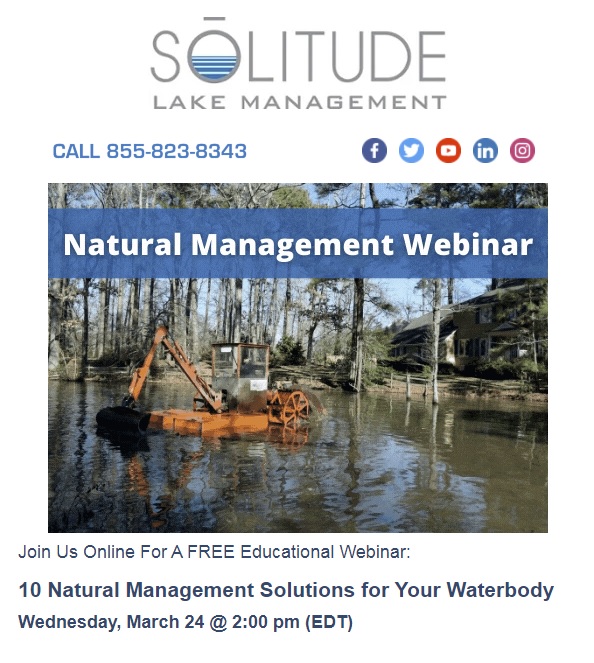

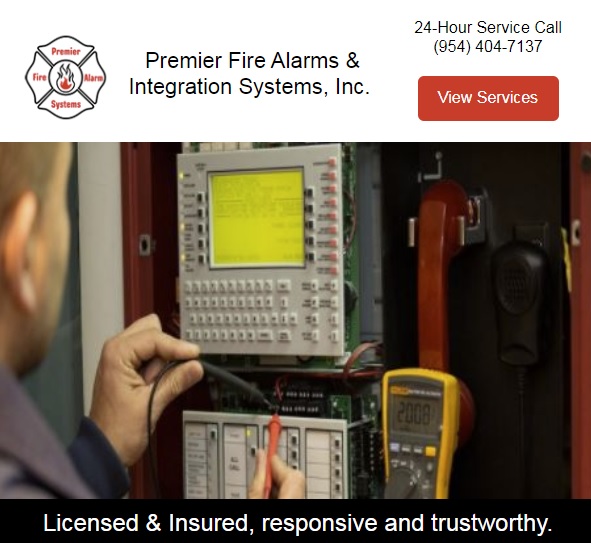


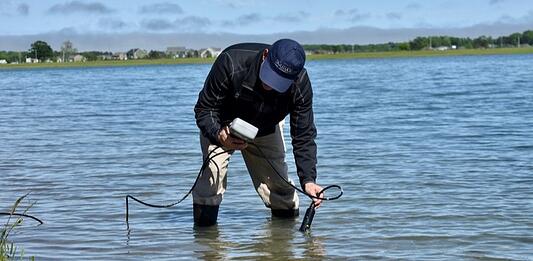
 Lake and pond management is a complex field that presents never-ending puzzles and surprising challenges. Like a fingerprint, no two bodies of water are exactly the same—and they are always in a state of continuous change based on how the water is used, the surroundings, and even the weather. When diagnosing and designing a solution for a problem like bad odors or nuisance
Lake and pond management is a complex field that presents never-ending puzzles and surprising challenges. Like a fingerprint, no two bodies of water are exactly the same—and they are always in a state of continuous change based on how the water is used, the surroundings, and even the weather. When diagnosing and designing a solution for a problem like bad odors or nuisance 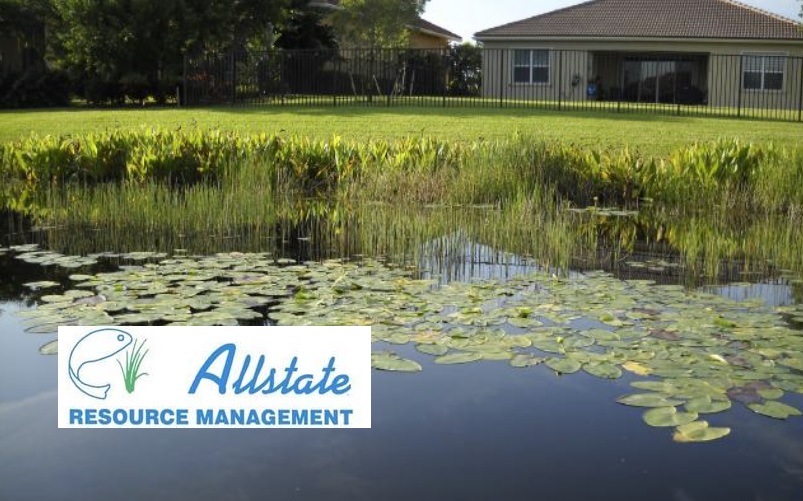
 By: Stephen Montgomery
By: Stephen Montgomery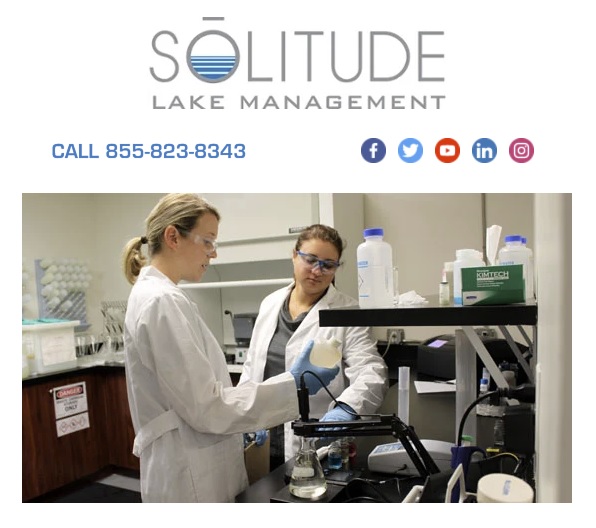

 Glenn Sullivan entered the aquatics industry in 1993 and is currently the President of the New York State Aquatic Managers Association (NYSAMA). He is also a former member of the Board of Directors for the Northeast Aquatic Plant Management Society (NEAPMS). Over the course of 20 years, he held many roles including President, Director, Treasurer, and Editor, and continues to serve as a committee co-chair. In 2015, he was named Preferred Applicator of the Year by SePRO Corporation. He is also the recipient of multiple awards recognizing environmental stewardship, best management practices and sustainable leadership.
Glenn Sullivan entered the aquatics industry in 1993 and is currently the President of the New York State Aquatic Managers Association (NYSAMA). He is also a former member of the Board of Directors for the Northeast Aquatic Plant Management Society (NEAPMS). Over the course of 20 years, he held many roles including President, Director, Treasurer, and Editor, and continues to serve as a committee co-chair. In 2015, he was named Preferred Applicator of the Year by SePRO Corporation. He is also the recipient of multiple awards recognizing environmental stewardship, best management practices and sustainable leadership.



 Kim Niesel holds her CMCA (certified manager of community associations) designation, as administered by the Community Association Managers International Certification Board and is involved in several industry-related organizations, including the Southeastern Virginia and Central Virginia chapters of Community Associations Institute (CAI). She has served as a board member and president for both of these associations. Kim is also one of the founders of the Virginia Leadership Retreat and has been recognized several times for her volunteer involvement. She currently serves on the Board for the Virginia Leadership Retreat and is the Chairperson for the Communications Committee of the Southeastern VA CAI.
Kim Niesel holds her CMCA (certified manager of community associations) designation, as administered by the Community Association Managers International Certification Board and is involved in several industry-related organizations, including the Southeastern Virginia and Central Virginia chapters of Community Associations Institute (CAI). She has served as a board member and president for both of these associations. Kim is also one of the founders of the Virginia Leadership Retreat and has been recognized several times for her volunteer involvement. She currently serves on the Board for the Virginia Leadership Retreat and is the Chairperson for the Communications Committee of the Southeastern VA CAI.

 Check Insulation
Check Insulation Flood Prevention
Flood Prevention Now we know many here in Florida probably will not need to hire a snow removal company? but this was published by our Staff and sent to a national management company who asked us for a list for winter. We are pleased to republish this list of things to do for all of your board members, property managers to use. We are also promoting our members; these companies we have listed on our members directory work hard every day tending to the requests we get, these companies are listed for all to find and use.
Now we know many here in Florida probably will not need to hire a snow removal company? but this was published by our Staff and sent to a national management company who asked us for a list for winter. We are pleased to republish this list of things to do for all of your board members, property managers to use. We are also promoting our members; these companies we have listed on our members directory work hard every day tending to the requests we get, these companies are listed for all to find and use.